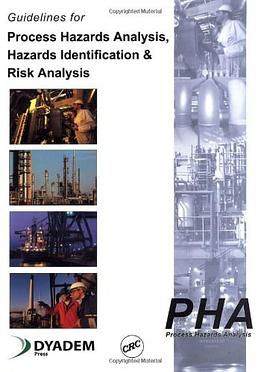

Performance-based engineering, use of energy dissipating devices, earthquake-resistant design, and other techniques in earthquake engineering have come of age in the last decade. Following a brief overview of traditional methods, "Earthquake Engineering: From Engineering Seismology to Performance-Based Engineering" presents the details of these recent advances in a single volume. The book elucidates advances in scientific knowledge, summarizes recent research project findings, covers design guidelines, and discusses the future challenges and directions.Highlights include: historical development of earthquake engineering and its modern goal; geosciences principles needed to define seismic hazards; geotechnical hazards and engineering characterizations of ground motion; deterministic and probabilistic methods of analysis; performance-based earthquake engineering, its applications, and future direction; innovative strategies and techniques, including seismic isolation and energy dissipation devices; seismic behavior and earthquake-resistant design of building structural systems using different structural materials such as reinforced concrete, steel, masonry, and wood; and, seismic analysis and design of nonstructural elements. The multi-disciplinary nature of earthquake engineering is reflected in the diversity of the chapter authors. The book is the result of an enormous amount of time and energy spent by a panel of distinguished contributors whose collective experience exceeds 500 years of teaching, research, and practice.
具體描述
讀後感
評分
評分
評分
評分
用戶評價
相關圖書
本站所有內容均為互聯網搜索引擎提供的公開搜索信息,本站不存儲任何數據與內容,任何內容與數據均與本站無關,如有需要請聯繫相關搜索引擎包括但不限於百度,google,bing,sogou 等
© 2025 qciss.net All Rights Reserved. 小哈圖書下載中心 版权所有




















